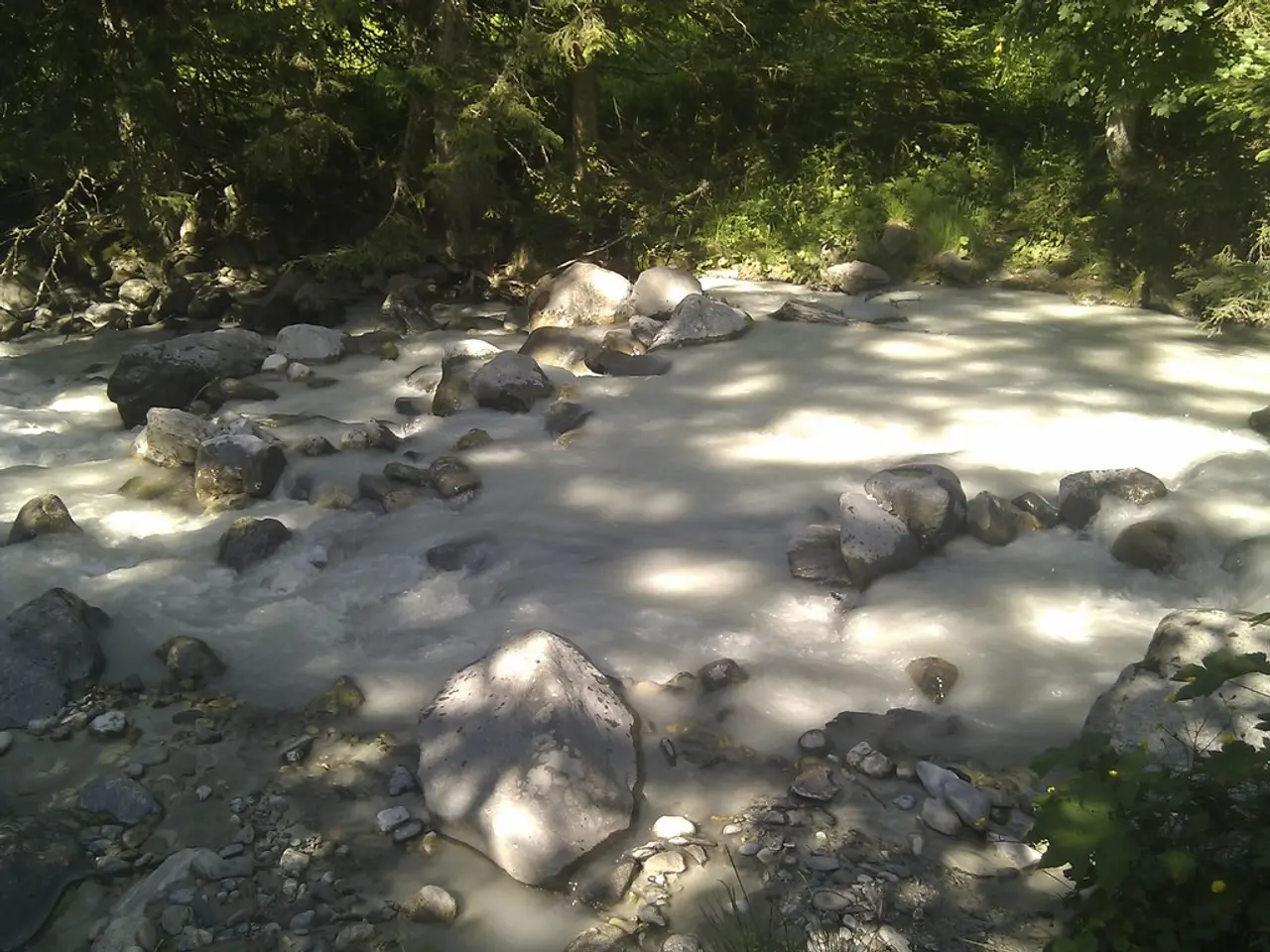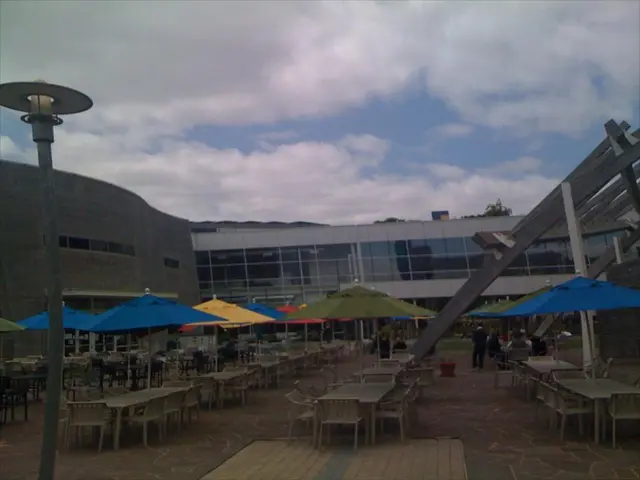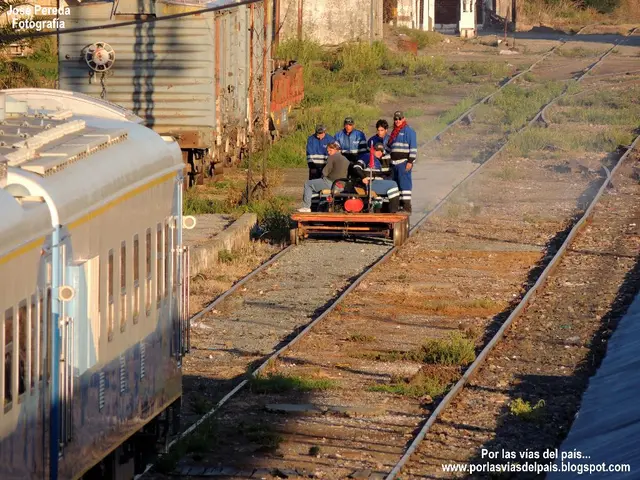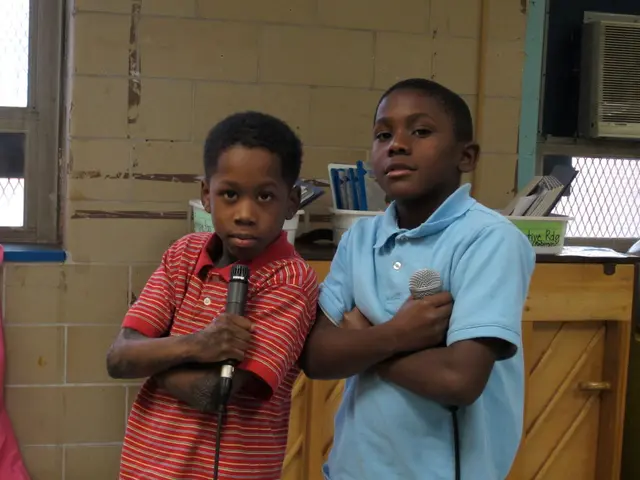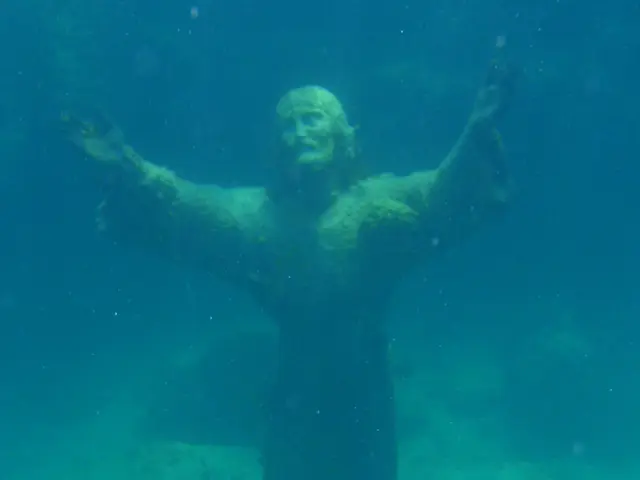Empowered citizens help Oaxaca Mayor Raymundo Chagoya conserve the city's valuable water resources
In a bid to tackle water shortages and ensure the city's safety and sustainability, Oaxaca's new Mayor, Raymundo Chagoya, has embarked on a comprehensive water infrastructure plan. This strategy aims to revitalise Oaxaca's water sources and manage resources effectively.
## Key Initiatives
One of the key projects under this plan is the 'Water for All' initiative, which focuses on providing equal access to clean water for all Oaxaca residents. Another significant project is the 'Safe Rain Program', designed to improve the city's water management and safety during the rainy season.
## Community Involvement and Collaboration
Chagoya's plan emphasises community involvement, encouraging residents to participate in initiatives aimed at conserving and managing water resources. This approach is supported by grassroots initiatives involving local volunteers, known as Tequios, who are working alongside the government to improve the city's infrastructure.
## Water Conservation and Source Revitalisation
The primary goals of the plan include enhancing water conservation practices across the city and revitalising Oaxaca's water sources, such as rivers and aquifers, to ensure a reliable water supply.
## Challenges and Solutions
Implementing such a plan requires significant financial investment and resources. To address this, Chagoya has announced studies for the installation of rainwater harvesting systems, which could provide up to 56 million litres of water over the next three years.
Maintaining public support and participation over time can also be challenging. To encourage continued engagement, the city is working on delivering tangible results, such as the delivery of 3,500 water tanks to neighbourhoods with the greatest water shortages.
Climate change and drought pose further challenges. However, the plan is designed to be resilient to these challenges and adapt to changing environmental conditions.
## Infrastructure Development and Improvements
The water infrastructure plan includes renovating existing infrastructure, developing water treatment facilities, and rehabilitating wells like Trujano, Vincente Suárez, and Candiani. An oscillation tower in Xoxocotlán is also being developed to improve water pressure.
## Monitoring and Early Warning System
To monitor rain levels and coordinate with the regional meteorological radar and Mexico's National Water Commission (CONAGUA), a digital platform with an early warning system will be implemented.
In conclusion, Raymundo Chagoya's water infrastructure plan for Oaxaca City represents a comprehensive strategy aimed at addressing water shortages through community engagement and sustainable water management practices. The plan faces challenges related to funding, community participation, and climate change, but with collaboration and continued public support, it has the potential to significantly improve Oaxaca's water security and quality of life.
Photographer Anna Bruce, a British photojournalist, is documenting the efforts to address water shortages in Oaxaca, providing a visual record of the city's transformation. The mayor is also revitalising the historic centre and integrating conservation and maintenance teams to ensure the city's long-term sustainability.
- To address the issue of climate change and its effect on water sources, the water infrastructure plan includes studies for the installation of rainwater harvesting systems.
- The 'Water for All' initiative, a key project in the plan, focuses on providing equal access to clean water for all Oaxaca residents, promoting a healthier lifestyle.
- A digital platform with an early warning system will be implemented to monitor rain levels and coordinate with the regional meteorological radar and Mexico's National Water Commission (CONAGUA), contributing to the environmental-science field.
- As part of the plan, the city is embracing sustainable practices, such as renovating existing infrastructure, developing water treatment facilities, and rehabilitating wells like Trujano, Vincente Suárez, and Candiani, all of which contribute to home-and-garden preservation and environmental conservation.
